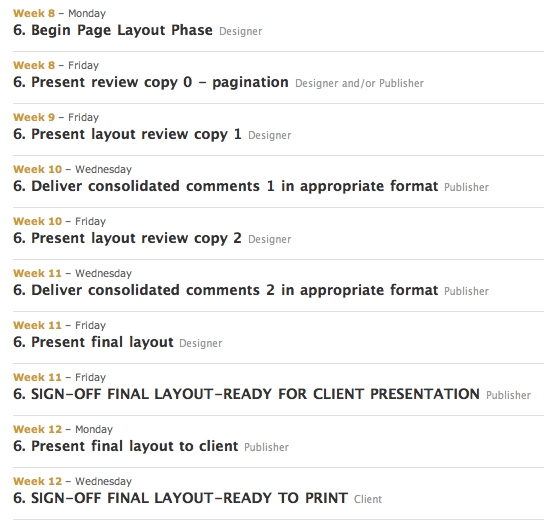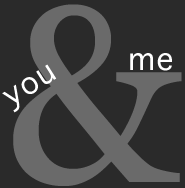This is an update to a post originally published in March, 2010.
Book design and production is a complicated process with a lot of moving parts: text and graphics, multiple people, as well as a fair share of technology gremlins. Some glitches are bound to arise, but many are predictable and thus can be avoided—or at least the effect of them ameliorated—by some advanced planning. Here are five common stumbling blocks:
1. Beginning design without a final manuscript
While it’s a good idea to begin thinking about the design of the book at an early stage in the development of a manuscript, changes in the manuscript along the way can blow what seemed to be a great design out of the water.
One of my watchwords is to “design for the extremes.” Here is an example: I had what I thought was a great chapter opening design because all of the chapter headings I had seen were very short – two or three words – so it fit on one line.
When I received the final manuscript, I noticed that chapter titles toward the end were much longer and, wouldn’t fit in the current design. Not only did the chapter title section need to be resized; many other elements on the page had to be recalculated and rebalaced.
This may, in fact, be a better design. My point here, though, is that we had to backtrack and redo steps in the process we thought were complete: using up time and costing money.
2. Waiting until design and layout are complete before selecting a printer/binder
Your printer can provide valuable information that can help you save time and money. And different printers have different capabilities, affecting the page size that can be printed economically. Even among print-on-demand printers such as blurb and lulu, specifications can vary ever so slightly. For example: both blurb and lulu offer a 10×8 landscape format, but lulu does not offer a dustjacket option in the size and format. And, the trim size is slightly different between the two. Not knowing this ahead of time could mean you have to resize your pages.
3. Not having a system for handling physical and digital images
It is very easy to get confused about which photos go where in a manuscript, which ones have been scanned or retouched, which caption and credit goes with which photo, etc. It’s also very easy to misplace digital files unless you establish a clear naming convention and folder system and create a worksheet to keep track of all the images.
4. Not having a clear review and revision process
This is the area that seems to be the most troublesome for personal histories and others involved in producing privately published books. At what point do you show the book to the client? How is it presented? [While online proofing can be expedient as an intermediate step, I believe that final reviews and revisions should be handled on physical paper.] What are they expected to look for and respond to? How many review cycles are included in your initial estimate? And how will you handle excessive review cycles where the client continues to change the manuscript and/or images?
It may seem excessive, but the more specifically you spell out the review steps, responsibilities and deadlines, the smoother things seem to go.
5. Not having a clear sign-off process
Nothing focuses people like having to sign their name on the dotted line. The first thing they want to know is: what am I agreeing to?
Presenting a review copy to your client along with a sign-off form that focuses them on what they should be looking at is a good way to manage the review and revision process and to ensure that nothing is overlooked.
There are a number of places in the book design and production process where a written sign-off is appropriate. Signing off on printing specifications indicates that you are ready to solicit bids from printers. Signing off on the printers proposal indicates the commitment to use that particular printer/binder and specifies how and when payments will be made. Signing off on the page design indicates approval to proceed to page layout. And signing off on the review proof indicates approval to send the files to the printer. There is usually a final sign-off of the printer’s proof as well
In each case, you will want to develop a form that indicates to the client what to look for and what their signature means. The gist of it is that, by signing, the client agrees to proceed to the next step with the understanding that backtracking will likely to incur additional costs and delay the project’s completion.
Some related posts that might be of interest:
what is workflow? and who cares anyway?
Thinking about [profitable] book design & production












